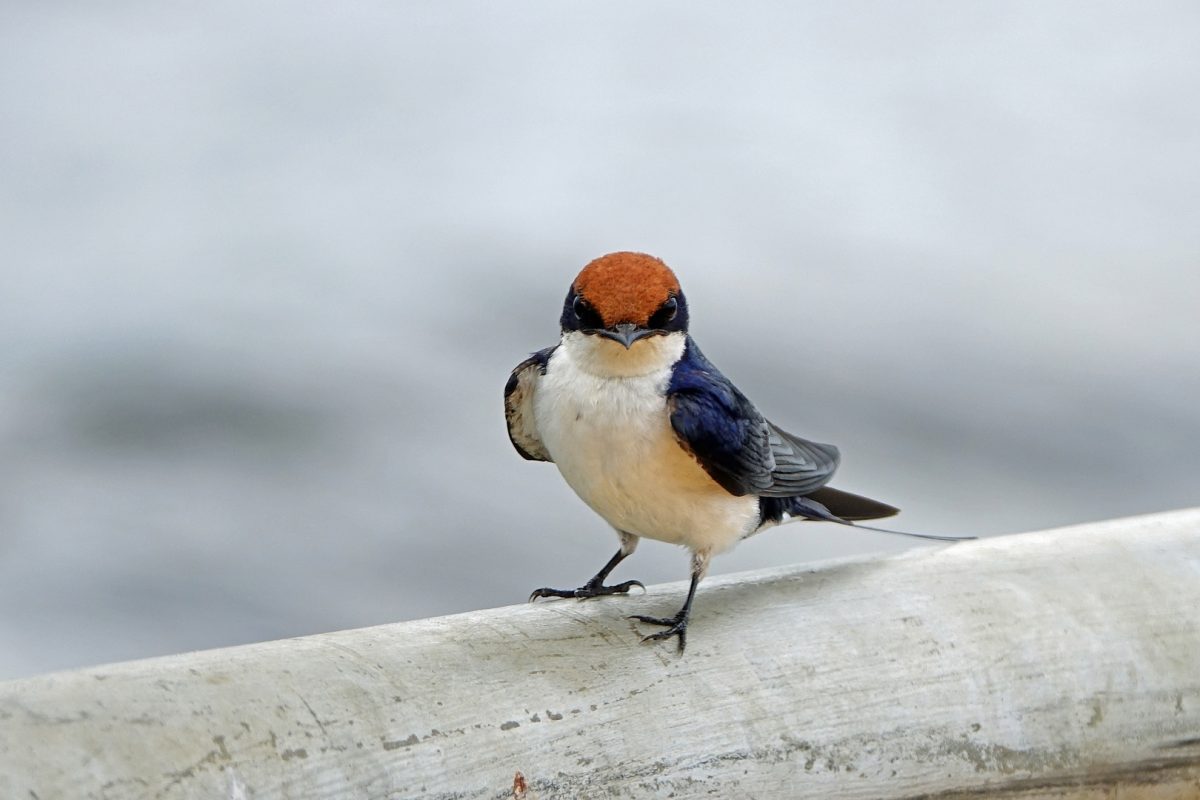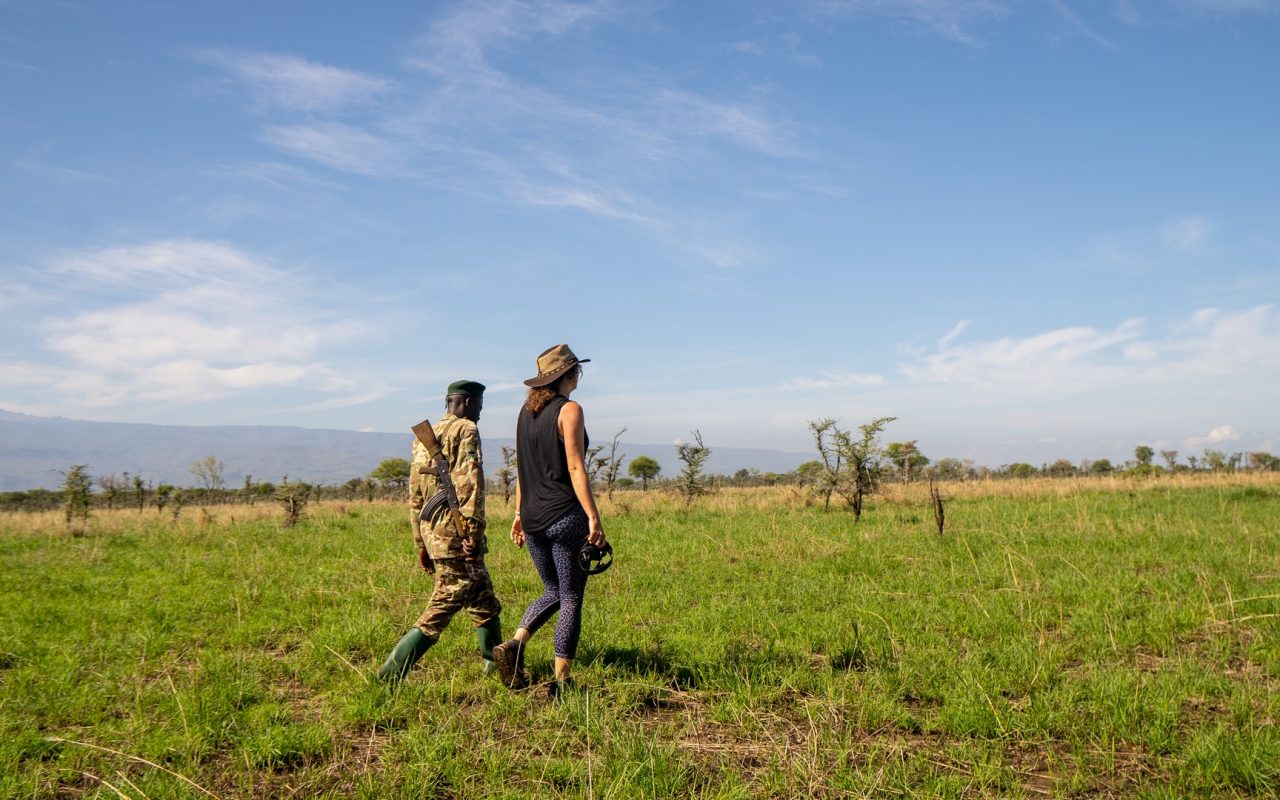Guide to Bird Watching in Queen Elizabeth National Park – Birds of Queen Elizabeth National Park
Bird watching in Queen Elizabeth National Park, located in southwestern Uganda, is a fantastic experience for bird enthusiasts. The park is home to a diverse range of bird species, including both residents and migratory birds.
Go Bird Watching Hotspots in Queen Elizabeth National Park
Queen Elizabeth National Park in Uganda is renowned for its diverse wildlife, including a rich variety of bird species. Birdwatchers can enjoy the park’s diverse habitats, such as savannahs, wetlands, and forests, which support a wide range of birdlife.
Bird watching Hotspots within Queen Elizabeth National Park
- Kazinga Channel
- Mweya Peninsula
- Ishasha Sector
- Maramagambo Forest
- Katwe Salt Lake
- Ishasha River
- Kalinzu Forest Reserve
It’s advisable to go bird watching with Deks Tours an experienced guide who is knowledgeable about the local bird species and their habitats. Additionally, carrying a pair of binoculars and a field guide can enhance your bird watching experience. Keep in mind that bird watching in Queen Elizabeth National Park is best done during the dry season (June to September and December to February) when bird activity is at its peak.
Bird Watching in Kazinga Channel
Bird watching along the Kazinga Channel in Queen Elizabeth National Park is a rewarding experience due to the rich diversity of avian life in and around the water. The channel, connecting Lake George and Lake Edward, offers a habitat for a variety of water birds, raptors, and other species.
Bird Species You Might Encounter While Bird Watching Along the Kazinga Channel
- African Fish Eagle
- Great White Pelican
- Pink-backed Pelican
- Goliath Heron
- Yellow-billed Stork
- African Skimmer
- Malachite Kingfisher
- White-faced Whistling Duck
- Cormorants
- Yellow-billed Oxpecker
Remember to bring binoculars, a field guide, and, if possible, a knowledgeable guide to enhance your bird-watching experience. Boat safaris on the Kazinga Channel are a popular way to explore and observe the birdlife at close range. The best times for bird watching are typically early morning and late afternoon when bird activity is high.
Bird Watching in Mweya Peninsular
Mweya Peninsula in Queen Elizabeth National Park is a fantastic location for bird watching, offering a diverse range of habitats including open grasslands, acacia woodlands, and proximity to the Kazinga Channel.
Bird Species You Might Encounter While Bird Watching in Mweya Peninsula
- African Skimmer
- Martial Eagle
- Pink-backed Pelican
- African Fish Eagle
- Yellow-throated Longclaw
- Grey-crowned Crane
- Pied Kingfisher
- African Spoonbill
- Black-headed Gonolek
- Swamp Flycatcher
- Hamerkop
- Ruppell’s Griffon Vulture
When bird watching in Mweya Peninsula, it’s advisable to explore the area during the early morning or late afternoon when bird activity tends to be higher. Having a knowledgeable bird guide or naturalist can greatly enhance your bird-watching experience, providing insights into the behavior and identification of the various species you encounter.
Bird Watching in Ishasha Sector of Queen Elizabeth
The Ishasha Sector in Queen Elizabeth National Park is well-known for its tree-climbing lions, but it also offers excellent bird watching opportunities. The diverse habitats, including riverine forests, savannahs, and the Ishasha River, attract a variety of bird species.
Some of the Bird Species to Spot in Ishasha Sector
- African Finfoot
- African Skimmer
- African Fish Eagle
- Pied Kingfisher
- Malachite Kingfisher
- African Grey Hornbill
- Broad-billed Roller
- Black-and-white-casqued Hornbill
- Yellow-throated Longclaw
- Southern Ground Hornbill
- Giant Kingfisher
- African Harrier-Hawk (Gymnogene)
When bird watching in the Ishasha Sector, consider exploring both the riverine areas and the surrounding savannah and woodland habitats. Early mornings and late afternoons are generally the best times for bird watching when bird activity is at its peak. Having a knowledgeable guide or naturalist can enhance your experience by helping with bird identification and providing insights into the behavior of the birds you encounter.
Bird Watching in Maramagambo Forest of Queen Elizabeth
Maramagambo Forest in Queen Elizabeth National Park is a rich and diverse habitat for bird watching, offering a combination of lush forested areas, open clearings, and wetlands.
Some of the Bird Species to Spot in Maramagambo Forest
- Great Blue Turaco
- Black-and-white-casqued Hornbill
- African Emerald Cuckoo
- Green Crombec
- Yellow-throated Tinkerbird
- Grey-throated Barbet
- Yellow-spotted Barbet
- Blue-headed Coucal
- Chestnut Wattle-eye
- Black Bee-eater
- Yellow-billed Barbet
- Hairy-breasted Barbet
- White-headed Saw-wing
- Grey-capped Warbler
When bird watching in Maramagambo Forest, it’s recommended to explore both the canopy and the forest floor, as different species inhabit various layers of the forest. The services of an experienced bird guide can greatly enhance your bird watching experience by helping with identification and providing information about the birds’ behavior. Additionally, being patient and quiet while observing the birds will increase your chances of spotting the more elusive species in the forest.
Bird Watching in Katwe Salt Lake
Katwe Salt Lake, located near Queen Elizabeth National Park in Uganda, is a unique environment that offers interesting bird watching opportunities, particularly in and around the salt pans. The lake is a saline crater lake where local communities engage in traditional salt mining.
Some of the Bird Species to Spot in Katwe Salt Lake
- Greater Flamingo
- Lesser Flamingo
- White-winged Tern
- Grey-headed Gull
- African Jacana
- Yellow Wagtail
- Black-winged Stilt
- Collared Pratincole
- Common Greenshank
- Little Stint
- Greater Painted-Snipe
- Black-headed Weaver
When bird watching at Katwe Salt Lake, it’s essential to be mindful of the local environment and the traditional salt mining activities. You may want to explore the lake’s edges, shallow areas, and nearby grasslands for a variety of bird species. Carrying binoculars and a field guide will enhance your bird watching experience, and local guides can provide valuable insights into the birdlife and the cultural significance of the lake.
Bird Watching in Ishasha River of Queen Elizabeth
The Ishasha River, flowing through the Ishasha Sector of Queen Elizabeth National Park in Uganda, is an excellent location for bird watching. The riverine habitat, combined with the surrounding savannah and woodland, supports a diverse range of bird species.
Some of the Bird Species to Spot in Ishasha River
- African Finfoot
- African Fish Eagle
- Pied Kingfisher
- Malachite Kingfisher
- Giant Kingfisher
- African Skimmer
- Yellow-billed Stork
- Hammerkop
- African Jacana
- Black Crake
- African Pied Wagtail
- Yellow Wagtail
- Little Egret
- Grey-headed Kingfisher
When bird watching along the Ishasha River, consider exploring both the riverbanks and adjacent habitats. Early mornings and late afternoons are generally the best times for bird watching when bird activity is at its peak. Having a knowledgeable guide can enhance your experience by helping with bird identification and providing information about the behavior of the birds you encounter.
Bird Watching in Kalinzu Forest Reserve
Kalinzu Forest Reserve, located near Queen Elizabeth National Park in Uganda, is a biodiverse area with a variety of habitats, including montane and lowland rainforests. Bird watching in Kalinzu Forest Reserve provides the opportunity to encounter a range of avian species, including forest dwellers, canopy birds, and understorey species.
Birds You Might Encounter While Bird watching in Kalinzu Forest Reserve
- Great Blue Turaco
- Black-and-white-casqued Hornbill
- African Emerald Cuckoo
- White-headed Woodhoopoe
- Yellow-throated Tinkerbird
- Black-billed Turaco
- African Broadbill
- Chestnut Wattle-eye
- African Paradise Flycatcher
- White-throated Bee-eater
- Blue-headed Sunbird
- Grey Apalis
- Red-headed Malimbe
- Yellow-eyed Black Flycatcher
When bird watching in Kalinzu Forest Reserve, it’s advisable to explore both the canopy and the understorey, as different bird species inhabit various layers of the forest. Guided walks with experienced local guides can enhance your bird watching experience by helping with identification and providing insights into the behavior of the birds. Additionally, patience and quiet observation are essential for spotting some of the more elusive forest species.
Ultimate Guide to Bird Watching in Queen Elizabeth National Park
Best Time for Bird Watching
The dry seasons, which typically occur from December to February and June to September, are the best times for bird watching in Queen Elizabeth National Park. During these periods, bird activity is high, and vegetation is less dense, making it easier to spot and identify birds.
Binoculars and Field Guides
Bring a good pair of binoculars to get a closer look at the birds. Carrying field guides specific to Ugandan or East African birds will be helpful for identification.
Dress Appropriately
Wear comfortable clothing suitable for the season, including long-sleeved shirts and pants to protect yourself from insects and the sun. A wide-brimmed hat and sunscreen are also essential.
Conservation and Respect
Practice ethical bird watching by respecting the natural habitat and wildlife. Keep a respectful distance from the birds and avoid making loud noises or sudden movements that could disturb them.
Accommodation
Queen Elizabeth National Park offers various accommodation options, including lodges, tented camps, and guesthouses. Staying within or near the park will maximize your birding time.
Night Birding
Consider participating in a night walk or birding excursion to spot owls, nightjars, and other nocturnal birds.
Bird watching in Queen Elizabeth National Park provides an opportunity to observe a wide variety of bird species against the backdrop of diverse landscapes, including savannas, wetlands, and woodlands. Whether you’re a seasoned birder or a novice, the park’s birdlife is sure to captivate and inspire you.
Proposed Africa Tours & Cultural Holidays – Deks Safaris and Tours Ltd
- 6 Days Uganda Kenya Tour
- 7 Days Rwanda Uganda Tour
- 8 Days Kenya Uganda Luxury Safari
- 8 Days Kenya Uganda Tour
- 9 Days Kenya Uganda Safari
- 10 Days Kenya Uganda Safari
- 10 Days Uganda Kenya Tanzania Safari
- 10 Days Rwanda Kenya Tanzania Safari
- 11 Days Kenya Uganda Rwanda Safari
- 11 Days Kenya Uganda Safari
- 11 Days Uganda Kenya Zanzibar Safari
- 11 Days Rwanda Kenya Safari
- 12 Day Kenya Uganda Rwanda Safari
- 13 Days Uganda Kenya Tanzania Safari
- 14 Days Across Africa Safari
- 14 Days Rwanda Tanzania Safari
- 15 Days Kenya Rwanda Tour
- 16 Days Kenya Uganda Safari



